Welcome to the Letter Taa
Thuluth Calligraphy section of the Letter Animation Studio
On this page, you will find a detailed breakdown of the Taa’s structure, its individual parts, and the precise technique required to craft it in the Thuluth style.
Anatomy of the Letter Taa
The letter Taa in Thuluth consists of the following key parts:
Full Animation of Taa
The Taa (ط) is a prominent letter in the Arabic alphabet, known for its bold form and elegant structure. In the Thuluth script, this letter stands out with its flowing curves and precise angles, requiring careful attention to proportions. Below is a detailed overview of the three key strokes that form the Taa, each contributing to its striking design.
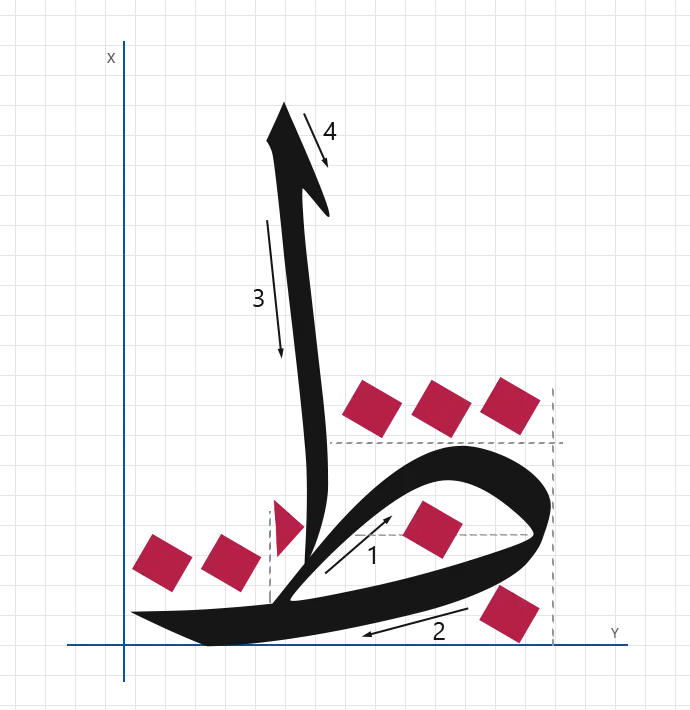
1.First Stroke
Start at an angle of 45°, creating a bold and foundational curve.
This stroke measures 3 nuqtas in height and 4 nuqtas in width, establishing the initial shape of the letter.
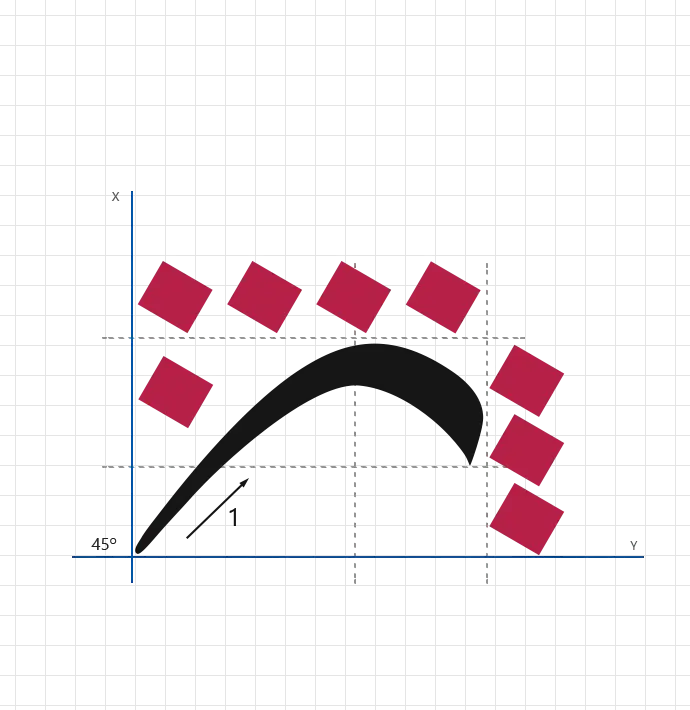
2.Second Stroke
Continue with a stroke at an angle of 75°, introducing a refined upward motion.
The dimensions are 6 nuqtas in width and 2 nuqtas in height, shaping the upper body of the Taa.
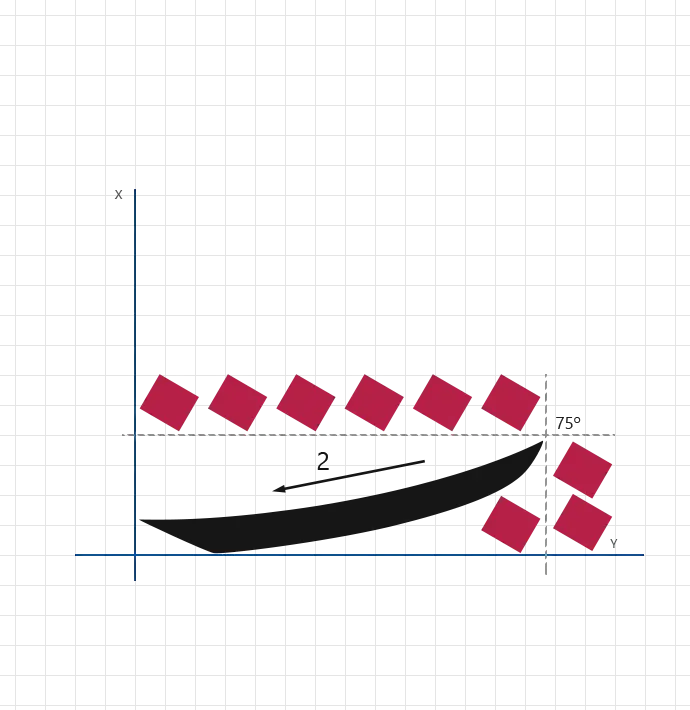
3.Third Stroke
Finish with a long, sweeping stroke at an angle of 75°.
This stroke extends to a length of 7 nuqtas, giving the Taa its characteristic flow and final flourish.
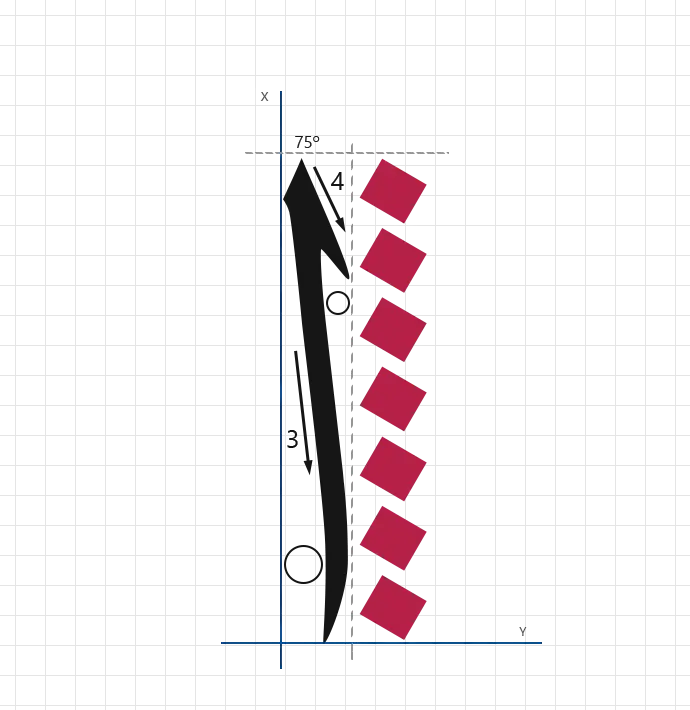
Guidelines for Letter Mastery
The "Guidelines for Letter Mastery" table provides a clear and systematic approach for students to practice and refine their Arabic calligraphy skills. It outlines each step, the recommended time allocation, and detailed descriptions to ensure effective and focused practice sessions. This table is designed to help students build consistency, master letter proportions, and develop a strong foundation in Arabic calligraphy.
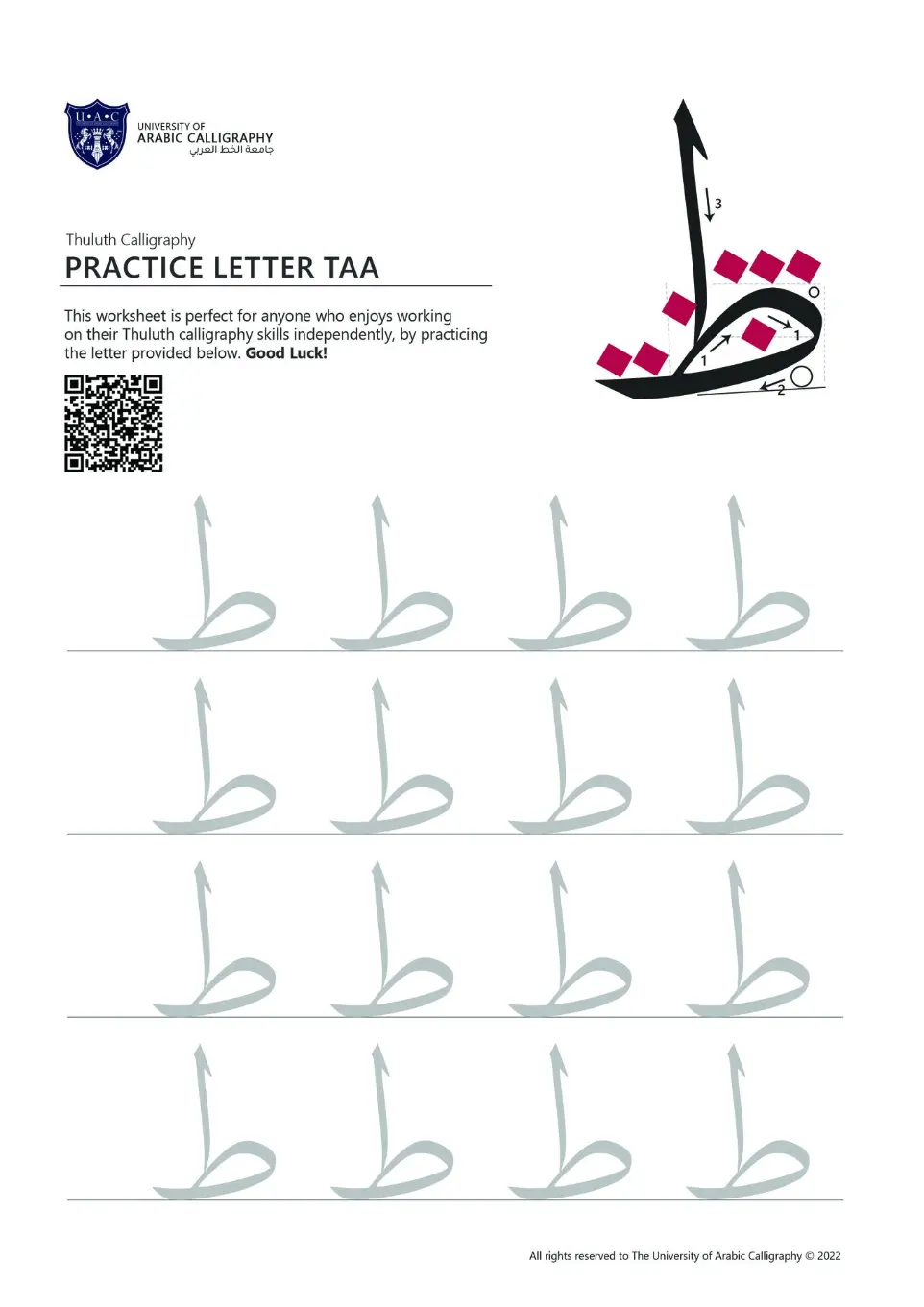
Personalized Feedback at UAC
At the University of Arabic Calligraphy (UAC), your growth as a calligrapher is our priority. Our instructors provide personalized feedback and precise corrections on your submitted worksheets, helping you refine every stroke with confidence.
When you complete your practice, upload your work through the link below to begin your assessment.
Our expert reviewers will carefully study your submission, offering detailed guidance to enhance your technique, consistency, and artistic expression.
This interactive experience ensures you are never practicing alone you are learning alongside a dedicated community that values excellence in Arabic calligraphy. Continue your artistic journey with UAC and advance toward mastery in this timeless art.




